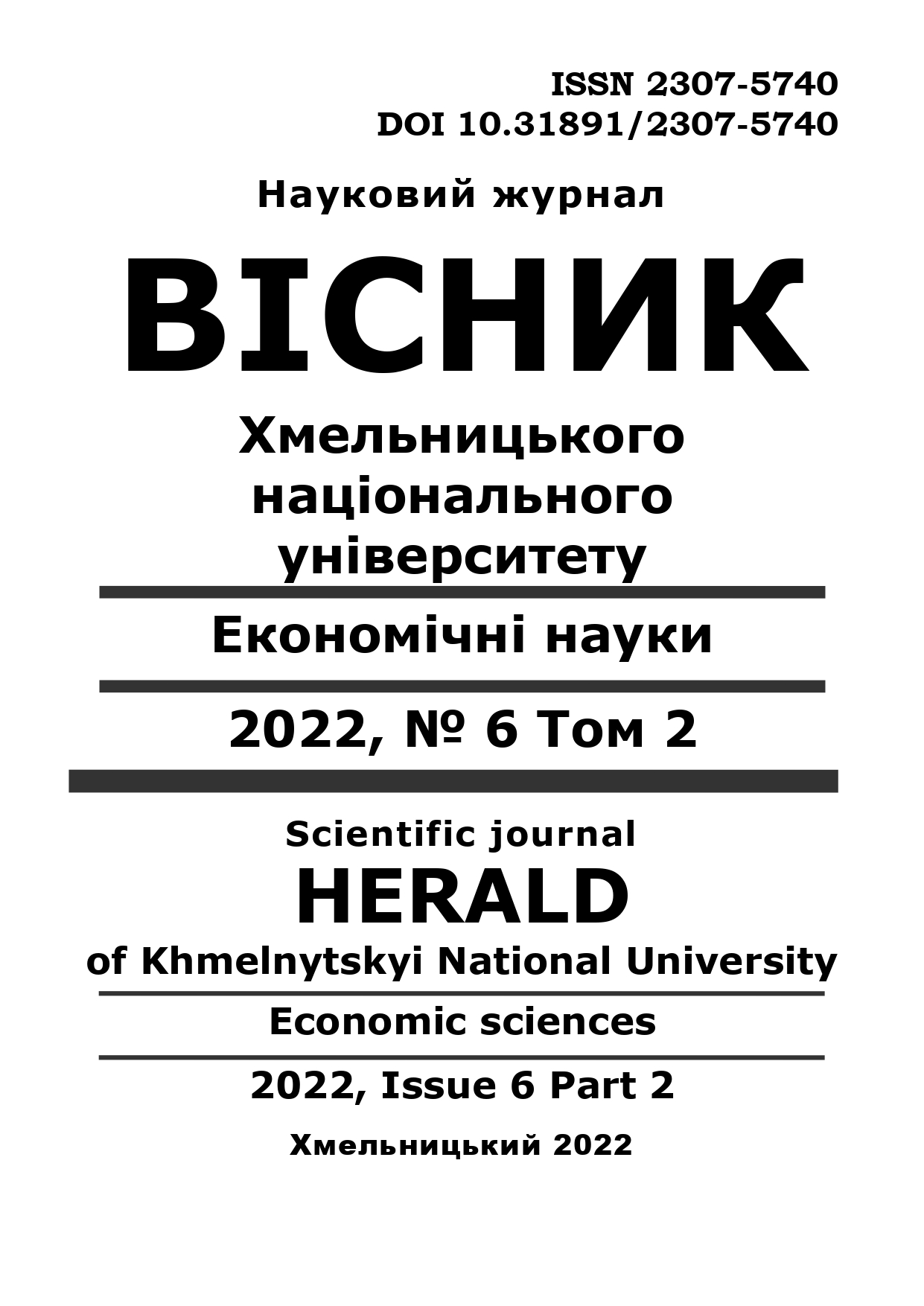THE ESTABLISHMENT OF A SYSTEM SUSTAINABLE LAND USE AS A KEY FACTOR OF EFFECTIVE LAND RESOURCE MANAGEMENT IN THE MANAGEMENT SYSTEM OF AGRICULTURAL ENTERPRISES
DOI:
https://doi.org/10.31891/2307-5740-2022-312-6(2)-46Keywords:
land use, management of land resources, management system of agrarian enterprises, adaptive landscape farmingAbstract
The article examines the issue of the formation of a system of sustainable land use as a key factor in the effective management of land resources in the management system of agricultural enterprises of Ukraine.
Four groups of interrelated measures have been identified to improve the system of sustainable land use, in particular, improving the state of land resources of agricultural enterprises (fighting against erosion, organic fertilizers, various types of land reclamation, etc.); limiting the influence of non-agricultural industries, reducing the withdrawal of land from agricultural turnover, compensation of losses from non-agricultural users, reduction of pollution of land resources; use of vacant land suitable for agricultural purposes; rationalization of the use of the land fund from the point of view of the final results of agricultural production.
It is emphasized that the most important measure for the establishment of a system of sustainable land use, a mechanism for managing land resources in the management system of agrarian enterprises is the transition to the principles of adaptive landscape farming, which is a system of forming land relations that provide for the rationalization and harmonization of the interaction of the natural components of the landscape and the activities of agrarian enterprises in the conditions of modern agro-industrial production.
It was established that the transformation of land relations in accordance with the principles of adaptive landscape organization of territories means, first of all, the optimal ratio of agricultural land. Adaptive landscape farming involves: agro-ecological land typification by resources and limiting factors of soil fertility, heat, moisture, development potential of degradation processes; functional-purpose land typification with optimization of the ratio of land and the structure of cultivated areas; formation of the environmental protection infrastructure of the agricultural landscape; clarifying the specialization of the economy and the scheme of placing crop rotations on the territory on the basis of a comprehensive analysis of natural and economic resources and the efficiency of their use.


